- × 1 × € 399,00
The long neck baglama, also known as saz, is one of Turkey's most cherished traditional instruments. With its distinctive extended neck and rich, resonant sound, this member of the lute family has captivated musicians for centuries. However, mastering the baglama begins with understanding its unique tuning systems, which differ significantly from Western instruments like the guitar.
The long neck baglama typically features three courses (pairs or groups) of strings, totaling six to seven strings. Unlike guitars tuned in fourths, the baglama employs a system of fifths, creating its characteristic sound that's both haunting and melodically rich. This tuning system allows for the instrument's distinctive quarter-tone capabilities, essential for authentic Turkish makam music.
String Configuration:
This contemporary tuning system has gained popularity in modern Turkish music and solo performances. The wider interval range provided by the long neck makes this tuning particularly versatile for complex musical pieces and contemporary arrangements. Musicians appreciate this tuning for its clarity in both melodic passages and harmonic accompaniments.
The A-E-B tuning excels in:
Known as "bozuk" (disordered) or "kara" (black) tuning, this represents the most traditional approach to long neck baglama tuning:
This ancient tuning system, tuned in perfect fifths, mirrors the intervallic relationships found in violin family instruments. The term "bozuk" doesn't imply anything wrong with the tuning; rather, it refers to its departure from more standardized Western tuning concepts.
String Configuration:
This specialized tuning system serves specific regional repertoires, particularly in eastern and southeastern Turkish musical traditions. It's invaluable for:
Modern baglama players often rely on electronic tuners for precision. When using a tuner:
Experienced players often tune by ear, using:
Long neck baglamAs require special attention for tuning stability:
The G-D-A (bozuk düzen) tuning offers the most traditional learning experience and connects students directly with centuries of Turkish musical heritage.
The A-E-B tuning provides greater versatility for modern compositions and cross-genre exploration while maintaining the instrument's essential character.
The C-F-B♭ tuning opens doors to specific regional repertoires and authentic folk music interpretation.
The baglama's fret system, traditionally made with fishing line, allows for microtonal adjustments essential in Turkish makam music. Players can:
Different tunings may require specific string gauges for optimal:
Mastering long neck baglama tuning opens the door to one of the world's most expressive musical traditions. Whether you choose the traditional bozuk düzen, the versatile modern A-E-B tuning, or specialized regional alternatives, each system offers unique musical possibilities.
Remember that tuning is not merely a technical exercise but an entry point into the rich cultural heritage of Turkish music. Take time to explore each tuning system, understand its historical context, and discover how it serves different musical expressions. With patience and practice, you'll develop the ear and technique necessary to unlock the baglama's full potential.
The journey of learning baglama tuning connects you to generations of Turkish musicians who have used these same systems to create some of the world's most moving and sophisticated music. Embrace this tradition while making it your own, and let the unique voice of your long neck baglama sing with authentic beauty and personal expression.
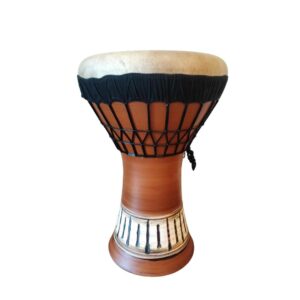
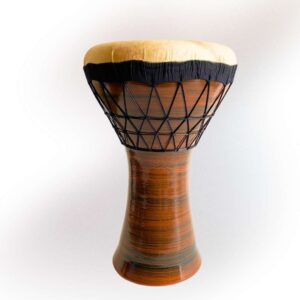
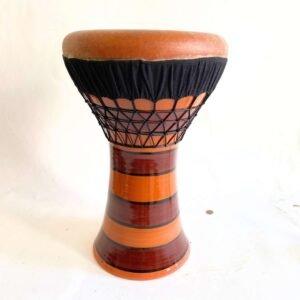
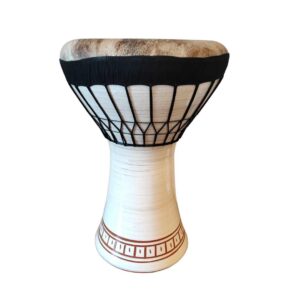
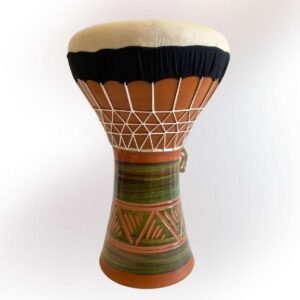
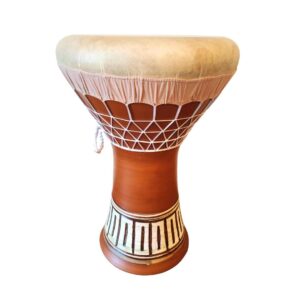
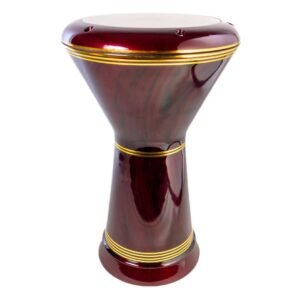

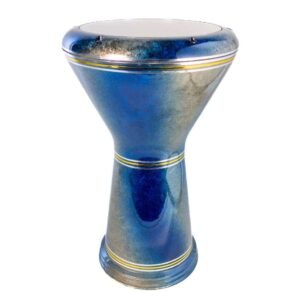
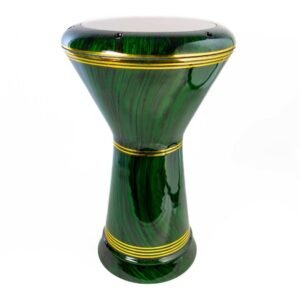
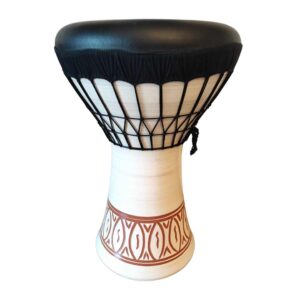
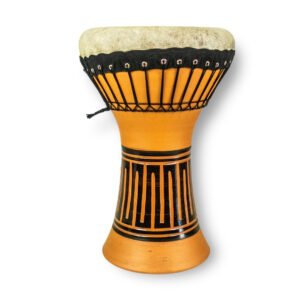



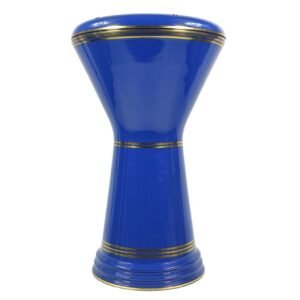
Mail: info@tapadum.com
Working Days/Hours: Mon – Sun / 10:00 AM – 5:00 PM
Le visite in negozio richiedono un appuntamento